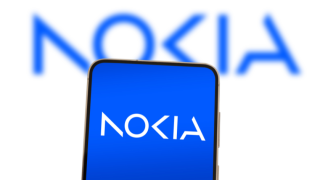I-6 F2 went up last night from Cape Canaveral Space Force Station in Florida, and will join I-6 F1, which launched from Japan in late 2021.
CEO Rajeev Suri (pictured) said: “Last night’s launch marked another milestone as we revolutionise global communications at scale.”
The London-based company, which is in the process of merging with California’s Viasat, plans Orchestra to be a global network including Elera L-band and Global Xpress Ka-band networks with terrestrial 5G, targeted low Earth orbit (LEO) capacity, and dynamic mesh technologies.
Suri said: “We will add five more advanced spacecraft to our fleet by 2025 as part of our fully funded technology roadmap. That will allow us to continue to meet our customers’ needs into the 2030s and beyond, while enabling new technologies for a smarter, more connected Earth.”
The first I-6 won’t connect its first customers until later this year, because it moved slowly into geostationary orbit, to save fuel.
The new satellite, launched yesterday, will now spend several months travelling to its geostationary orbit, 36,000km above the Equator, using a similar onboard electric propulsion system. It is scheduled to connect its first customers in 2024, following in-orbit technical testing.
The Viasat/Inmarsat merger plan is subject to a number of regulatory enquiries.






